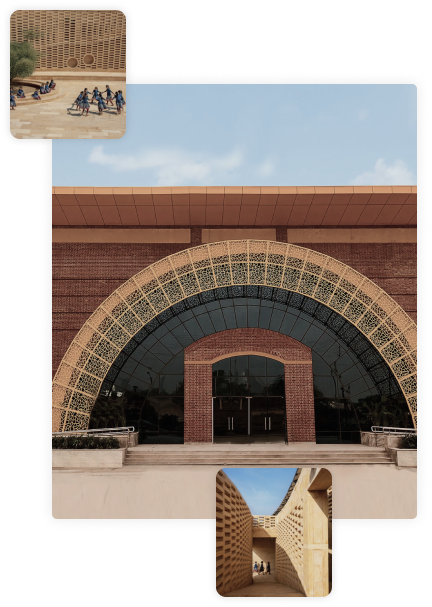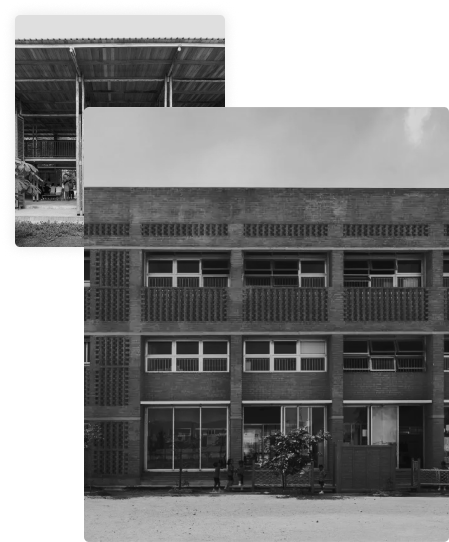About EAIA
East Africa Institute Of Architects.
The East Africa Institute of Architects (EAIA) represents architects across Kenya, Uganda, Rwanda, Tanzania and Burundi. Established over a century ago, we are dedicated to advancing architectural excellence and fostering regional collaboration. Our key initiative, the Mutual Recognition Agreement (MRA), facilitates seamless cross-border practice, enhancing professional mobility and standards across East Africa.


History
East Africa Institute Of Architects.
The East Africa Institute of Architects (EAIA) plays a crucial role in the development of architecture in East Africa, particularly in Kenya, Tanzania, Rwanda and Uganda. It emerged from the need for technical expertise in the region, especially after the Second World War, as architectural training was established to handle increasing project demands. The EAIA, through the Mutual Recognition Agreement, allows architects from the East African Community (EAC) to practice across borders freely, as if they were locals in any of the partner states.
The establishment of architectural training in East Africa after the Second World War was driven by the need for skilled professionals to manage the growing number of construction projects in the region.
Despite independence, the country within which it’s headquarters resided still suffered continued Influence from colonial powers. While political independence was achieved in the 1960s, the architectural profession, with its historical roots, continued to influence architectural education.
The EAIA, along with the Architectural Association of Kenya (AAK), plays a vital role in fostering architectural excellence and promoting the profession within East Africa.
The EAIA’s Mutual Recognition Agreement facilitates the free movement of architects across the EAC, allowing them to practice in any member state with the same privileges as local architects.
Key Developments and Factors:
University of East Africa:
The initial architectural program was part of the University of East Africa, which later split into Makerere University in Uganda, the University of Nairobi in Kenya, and the University of Dar-es-Salaam in Tanzania.
Engineering Focus:
Makerere University and the University of Dar-es-Salaam prioritized engineering, as both countries viewed engineering as crucial for development.
Shift in Architectural Role:
A shift in the role of architecture to address the “African condition” has influenced the direction of architectural education and practice in the region.
Impact of Colonial History:
he legacy of colonial architecture and the subsequent development of architectural practice in East Africa have been subjects of study and analysis.

